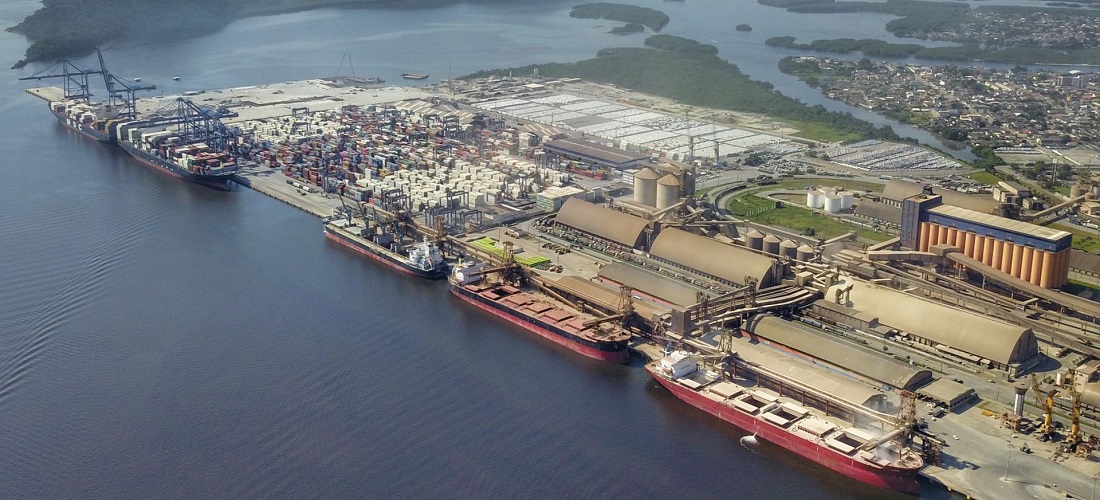
Port of Paranaguá tests project from the Ministry of Agriculture
Aug, 12, 2019 Posted by Sylvia SchandertWeek 201933
The Port of Paranaguá was elected by the Ministry of Agriculture, Livestock, and Supply to test a remote documentation analysis project for the release of some import and export products, which streamlines the control and release of loads.
According to the Ministry, the Port of Paranaguá was chosen “because it is the second largest port in the country and because this mode of control provides greater agility, especially in the plant area, where the port stands out.”
The technology covers imported goods as “raw material” for the manufacture of fertilizers, regardless of the form of packaging. In these processes, only documentary conference is made, being exempted from the inspection.
The conference is held remotely by servers housed in other units of the International Agricultural Surveillance System (Vigiagro). The remote analysis has allowed even more fluidity and speed to the processes.
Although still in the testing phase, the idea is that it will be expanded to other units as of October if the project is successful.
Model
The Port of Paranaguá is already a good example of speed in the procedures of control, inspection, and release of exported meat. According to Fernando Mendes, Assistant Secretary of Agricultural Defense, of the more than 300 cases per day, in the Port of Paranaguá alone, 99% are released automatically.
“It used to take up to 60 hours. Today, it is a matter of minutes. Release time has dramatically reduced because we invest in technology. In Paranaguá, we were able to greatly increase efficiency and reduce time for the user,” he adds.
According to Mendes, this was possible thanks to the investment in technology and computerization. According to the Ministry, one of the changes was the inclusion of animal products submitted to the Federal Inspection Service (SIF) in the Single Foreign Trade Portal, also accessed by the Federal Revenue and National Health Surveillance Agency (Anvisa).
In addition, another factor that expedited the release of cargo would have been a new platform for management and control of international transit operations of agricultural products (SIGVIG 3.0).
The technology has allowed the certification that the national product can be exported to be viewed by importers remotely. This, they say, eliminates previously very bureaucratic steps, such as physical document protocol and manual certificate completion.
-
Ports and Terminals
Dec, 30, 2022
0
Suape Port Complex launches 2035 Development Plan
-
OTI Rankings
May, 12, 2022
0
OTI Ranking | DataLiner | Jan-Mar 2022 to Jan-Mar 2021 | Brazil and Plate
-
Coffee
Apr, 20, 2022
0
Coffee: April shipments to reach 1.341 million sacks
-
Other Cargo
Sep, 09, 2022
0
40t pulp cargo fall on vessel in the Port of Santos

